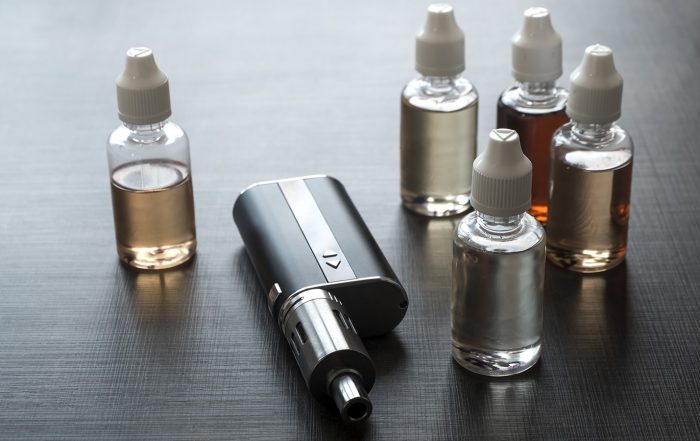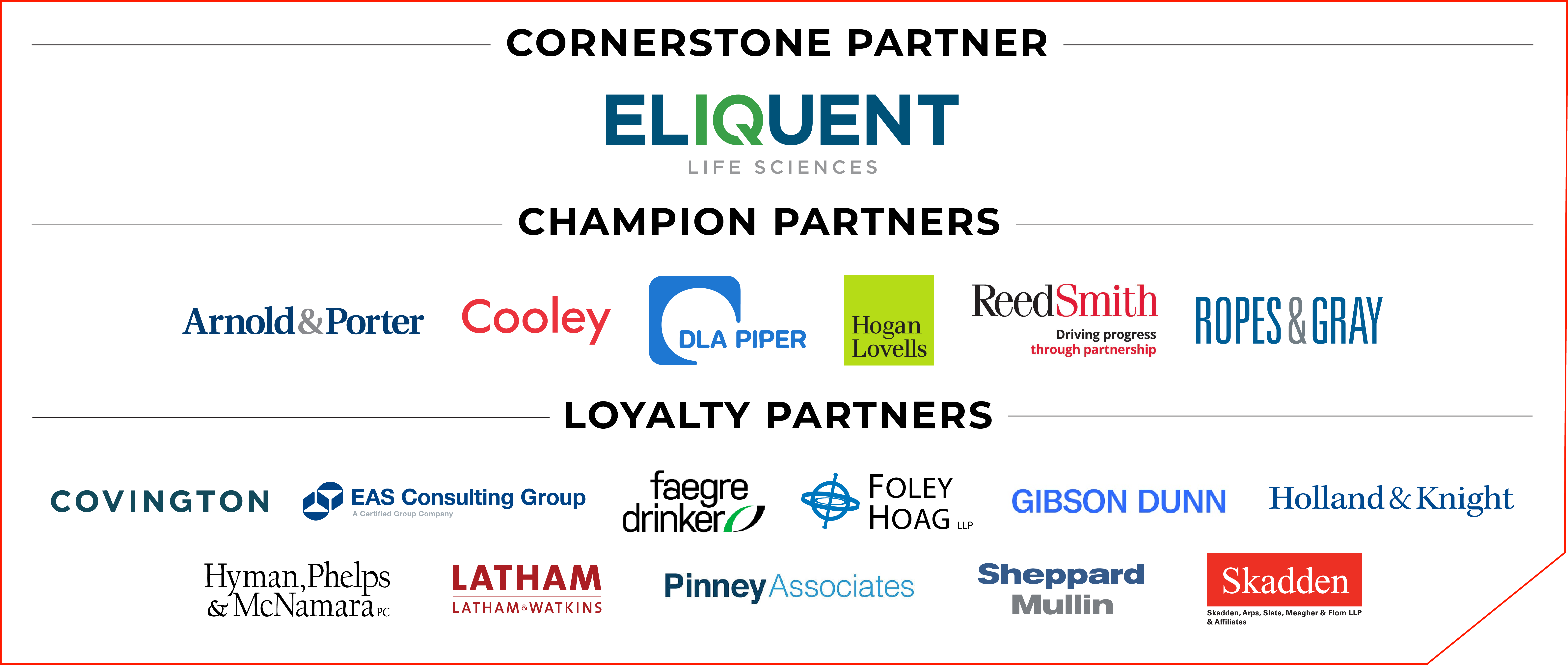
Jazz Pharmaceuticals v. Amneal Pharmaceuticals
by Frederick R. Ball and Carolyn Alenci 
On July 13, 2018, the Federal Circuit decided Jazz Pharmaceuticals, Inc. v. Amneal Pharmaceuticals, LLC (Fed. Cir. Jul. 13, 2018), an appeal of six inter partes review decisions by the Patent Trial and Appeal Board’s (PTAB) finding that certain claims of seven patents (U.S. Patent Nos. 7,668,730; 7,765,106; 7,765,107; 7,895,059; 8,589,182; 8,457,988; and 8,731,963) covering a computerized risk-management system for the narcolepsy drug Xyrem were invalid as obvious in light of prior art.
Xyrem, marketed by Jazz Pharmaceuticals, Inc. (Jazz), treats daytime sleepiness and muscle weakness in narcolepsy patients. Xyrem’s active ingredient has the potential for abuse as a date rape drug; therefore, the Food and Drug Administration (FDA) only allows restricted distribution of the drug. Because of this abuse potential, during the review process for Xyrem, FDA scheduled an advisory committee meeting to discuss risk management-related issues. A Federal Register Notice, dated May 14, 2001, included an announcement of the committee meeting and added a publicly available hyperlink to an FDA webpage where a user could access background materials, meeting minutes, transcripts, and slides from the FDA meeting (referred to as Advisory Committee Art by the PTAB; hereinafter ACA materials).
Amneal Pharmaceuticals, LLC requested inter partes review of the seven patents owned by Jazz and argued that the ACA materials constituted prior art to the patents. Jazz argued that the ACA materials could not be prior art as they were not sufficiently accessible to the public. The PTAB disagreed with Jazz and found that the materials were publicly accessible, because a person of ordinary skill in the art (POSA) would have been motivated to look for notices related to drug distribution or abuse prevention and would have been capable of locating the ACA materials. On the basis of this prior art disclosure, the PTAB found that certain claims of each of the patents would have been obvious.
Jazz appealed the PTAB’s decision to the U.S. Court of Appeals for the Federal Circuit. On July 13, 2018, the Federal Circuit affirmed the PTAB’s decision. The primary issue on appeal with respect to the ACA materials was whether they were publicly available before the critical date of the patents. Jazz’s principal argument was that the PTAB failed to “make the requisite finding that a [POSA] exercising reasonable diligence could have located the ACA materials.” Jazz also argued that Amneal failed to submit any evidence of searchability or indexing of the ACA materials and, to appear in a public search, the ACA materials must be indexed and made searchable.
The Federal Circuit rejected both of Jazz’s arguments and concluded that the ACA materials were publicly available and no searchability or indexing of the ACA materials was required to make them publicly available. According to the Federal Circuit, the ACA materials were publicly available and, therefore, printed publications and prior art to the Xyrem patents because: (1) the ACA materials were disseminated widely through the Federal Register; (2) the ACA materials were accessible to the public for a substantial time (i.e. at least two months) prior to the critical date of the Xyrem patents; (3) the ACA materials were disclosed through public domain sources (i.e., FDA publicly announced the committee meeting in the Federal Register and the notice included a hyperlink to the ACA materials on a public federal agency website) thereby “plainly indicat[ing] that there was no reasonable expectation that the ACA materials would remain confidential”; and (4) a POSA “would have been familiar with the Federal Register and motivated to look for notices related to drug distribution, safety, or abuse prevention.” Further, the Federal Circuit held that indexing or searchability is not always necessary in case of a printed publication for it to be prior art and, in any event, the Federal Register was sufficiently indexed.
Despite the Federal Circuit’s reliance on the Federal Register in this case, it was not willing to establish as a per se rule that every Federal Register notice is prior art. The Federal Circuit will not endorse a rule that would do away with the need for a case-by-case analysis on these issues.
This decision not only impacts Federal Register notices or advisory committee meetings; it also could affect all meetings with FDA where material presented might be publicly available in unredacted, redacted, or summary form, such as presubmission meeting minutes and summary basis of approval publications. For example, in June 2018, FDA issued a Draft Guidance for Industry, entitled “Requests for Feedback and Meetings for Medical Device Submissions: The Q-Submission Program.” In this Draft Guidance, FDA discusses Q-submissions (or Q-Subs), which include presubmissions for feedback from FDA prior to submitting premarket submissions (such as IDE, PMA, HDE, De Novo requests, 510(k), INDs, and the like), submission issue requests (SIRs), study risk determinations, and informational meetings. FDA states that Q-Subs are tracked and used at different points throughout the total product life cycle. While the Q-submissions are voluntary, they cannot be withdrawn after feedback is provided and the file closed. FDA assures that it “will keep the existence of Q-submissions confidential, subject to the confidentiality provisions of the [Food, Drug, and Cosmetic Act], FDA’s Part 20 regulations covering information disclosure, and the Freedom of Information Act.” Nevertheless, under the Freedom of Information Act, all meetings are subject to disclosure review and those records will be provided upon request unless they have been classified as a trade secret or commercially confidential. This includes meeting minutes, transcripts, videos, and materials. Although FDA has a policy of providing predisclosure notification to the submitter as outlined in 21 C.F.R. § 20.61, the Federal Circuit’s decision in Jazz makes it clear that companies need to be careful about the way in which information is provided to FDA prior to the priority date for their patents.
Update Magazine
October/November 2018







